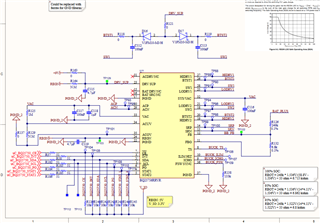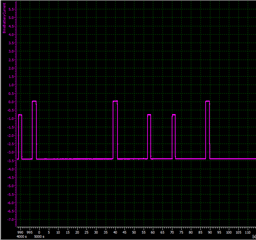Other Parts Discussed in Thread: USB2ANY, EV2400
Tool/software:
I am experiencing intermittent I2C communication failures when using the BQ25756 in boost mode. The device is being used in a custom board, controlled by an STM32H7 mcu. The issue does not occur when operating in buck mode, only when charging in boost mode begins.
I2C Failures:
- Communication randomly fails with arbitrary loss errors and timeouts.
- The failures appear sporadically—sometimes communication works fine, and then it fails again.
- In rare cases, the device continues to respond over I2C, but the data read from it is incorrect (e.g., wrong register values, unrealistic measurements).
I've tested different I2C clock speeds and the issue persists at all speeds. I've also checked the fault registers but no relevant faults were reported.
I'm guessing that the problem is related to switching transients that affect the I2C operation. Is there a known issue with I2C stability in boost mode? Are there any recommended design guidelines or mitigations to improve I2C reliability in boost mode? What is the recommended procedure to reset the device in case it "crashes"?
Let me know what other information you'll need to provide support. I've attached a schematic of the BQ25756 connections



